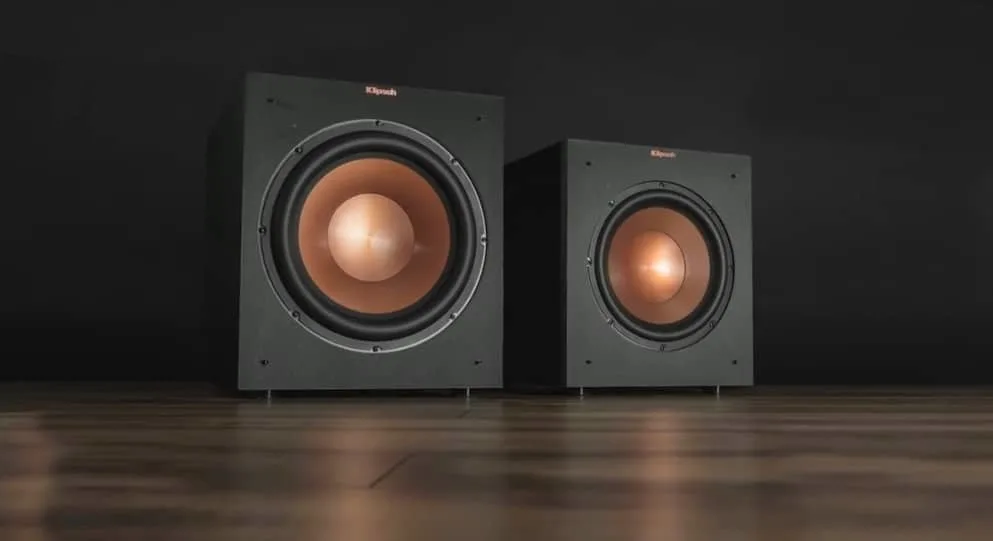If you’ve ever wished you had wireless subwoofers, you’re not alone. There are dozens of different wireless subwoofers on the market. But which ones are the best? Read on to learn more about WiFi, Bluetooth, and Infrared. And, of course, we’ll cover the tiniest details like the cost. And, of course, there are always a few special considerations, such as whether you need a speaker-controlling device, or a separate speaker for a speaker.
Bluetooth
Bluetooth wireless subwoofers are an excellent choice for music lovers who want a small, portable speaker. They are often equipped with flashing lights, wireless speakers, and a separate remote control. Bluetooth wireless subwoofers offer stereo sound, left and right channel surround sound, and other features that make them perfect for sharing music with others. With the help of Bluetooth technology, you can even connect your subwoofer to your mobile device.
As the technology continues to develop, Bluetooth subwoofers are becoming increasingly common. Their small size and lower price make them more affordable and accessible to a wider audience. Bluetooth wireless subwoofers also offer greater compatibility than radiofrequency or infrared. Wireless subwoofers can be installed in outdoor environments without a Wi-Fi connection. Bluetooth wireless subwoofers also eliminate the expense and hassle of running wires from the speaker to the receiver. Bluetooth wireless subwoofers work similarly to passive subwoofers, but have a much deeper and impactful bass.
Infrared
Infrared wireless subwoofers provide better reliability than radiofrequency subwoofers, which may be affected by other devices. The IR connection also eliminates the need for air vents and dust caps. The subwoofers are not susceptible to interference, which is another advantage. However, you need to have a clear line of sight between your subwoofer and the other devices. Infrared subwoofers have an infrared LED light, which illuminates the surface of the cone to make sound. This LED absorbs heat from its surroundings and returns to its original shape, producing a pulsing sound.
The IR-820SP infrared ceiling mount powered subwoofer is a versatile and high-quality IR speaker with infrared sensors. This speaker is a convenient choice for small rooms because it features a digital amplifier and full-range speaker. Its 360-degree infrared sensors make it easy to install. Its built-in ceiling mount wing clamps and supplied mounting hardware make it easy to install. You can also install in standard drop-tile ceilings.
WiFi
WiFi subwoofers operate through radio frequency or infrared transmission. Both have their pros and cons. The former is easier to use because it does not require line-of-sight, but it is dependent on distance. Infrared technology is more dependable because of its long history and reliance on low-frequency signals. The former is less common, but is still considered an option. Here are some pros and cons of WiFi subwoofers.
The basic operating principle of a WiFi subwoofer is the same as a wired one. The wireless subwoofer receives the signal from a dedicated transmitter and routes it to the woofer’s antenna. Like a cordless phone, a WiFi subwoofer can be connected to multiple devices at once. Moreover, it works on the same 2.4 GHz frequency, which is compatible with most home audio and video equipment.
Infrared LED light
Unlike radiofrequency systems, infrared subwoofers do not experience interference from other wireless devices. They can be placed as far as 50 feet away from the speakers, but the direct line of sight must be maintained. These wireless subwoofers are best suited for smaller rooms, as they do not generate heat and are not affected by other objects. Moreover, their slot-loaded construction eliminates the need for dust caps and air vents.
Wireless subwoofers operate on a unique frequency and may be adjusted independently from the audio system’s loudness settings. The signal is broadcast using radio frequencies or direct infrared. However, radio frequencies can be affected by outside interference, and can lead to signal loss. That is why infrared technology has been used for a long time, and is considered more reliable. However, some wireless subwoofers may not be compatible with all types of devices.
Heat sensor
The most common way to control the volume of your subwoofers is to use the heat sensor. This feature is found on wireless subwoofers, and can be installed anywhere that you can provide an electrical outlet. Wireless subwoofers are also convenient because they can be hidden behind your home theater seating or other objects. Using the heat sensor will keep your wireless subwoofers working properly. There are several different types of sensors available, so be sure to find one that works for your needs.
Cost
Wireless subwoofers can cost hundreds of dollars or less, depending on the quality and features you are looking for. Before you shop for one, make sure you consider your budget. Read reviews online to determine what you’re comfortable spending. Compare prices between retailers to determine which one is right for your budget. You may find a wireless subwoofer online for $10, but that one won’t meet your expectations. Also, consider the size and shape of the wireless subwoofer.
A wireless subwoofer has several characteristics, including wattage, size, placement location, and other features. Most people assume that higher wattage means louder sound. This is not true, and a 1000-watt wireless subwoofer will not necessarily produce a louder sound than a 750-watt one. If you’re not concerned about sound quality, you can always buy a mid-range model for less money. Premium subwoofers have more features and audiophile-quality sound, and superior construction.
READ MORE : Compare Prices on EVGA GeForce GTX 780 Graphics Cards on Ebay
